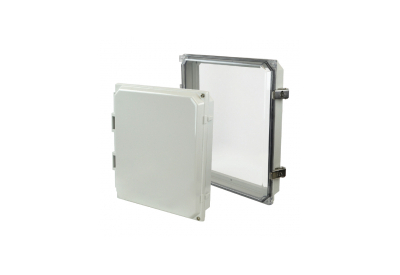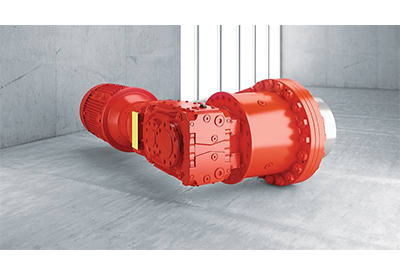SEW-EURODRIVE: Controller for Control Cabinet Installations

December 15, 2020
Ensure seamless, effortless coordination of multiple axes and drives
As an operator of complex systems, you need to ensure that different motion sequences, multiple axes, and various drives are precisely coordinated with one another The efficiency of your production depends on this. In order to ensure this required intelligent coordination, you also need both intelligent and reliable control technology.
The control cards from our controller hardware portfolio have been precisely tailored to meet this requirement. Control cabinet installation units are used wherever users are required to implement centrally processed applications.
Thanks to their simple operation and multitude of ready-to-use function modules, they ensure the efficient implementation of motion functions. Their real potential comes to the fore when movements are permitted across multiple axes and need to be coordinated precisely. If the different motion axes within a system are connected via a rapid, synchronous system bus, the recommendation would be to control all motion control tasks via a single controller. SEW-EURODRIVE’s control technology is ideally equipped for this too. Depending on the performance class, their controllers can handle up to 64 axes using an SBus or SBUSPLUS (system bus with onboard EtherCAT interface). The integrated system bus also allows connection to any of the inverter types in their portfolio.
You can also benefit from the outstanding performance features of SEW-EURODRIVE’s control technology and implement functional and cost-efficient automation for your systems and machines.
You can choose from three different performance levels, each providing optimum control of all motion sequences, depending on your machine and automation requirements:
- – DHx21B standard performance class for use as a module controller with motion control functions such as positioning, average response times, and a maximum of 16 axes.
- – DHx41B advanced performance class for use as a module controller with high-end, motion-control functions such as electronic gear units, electronic cams and robotics, short response times, and a maximum of 16 axes.
- – UHX71B power performance class for use as a module controller or controller for complete automation for demanding motion-control and automation tasks, response times in the 1-millisecond range, and a maximum of 64 axes. The controller can be extended by a second Windows 7 Embedded operating system.







